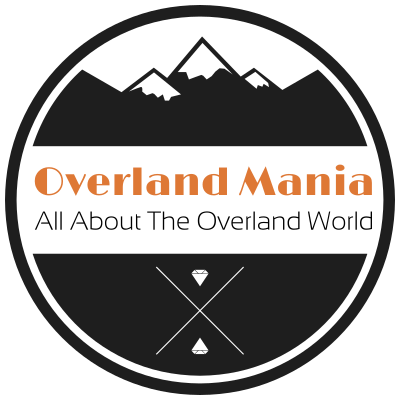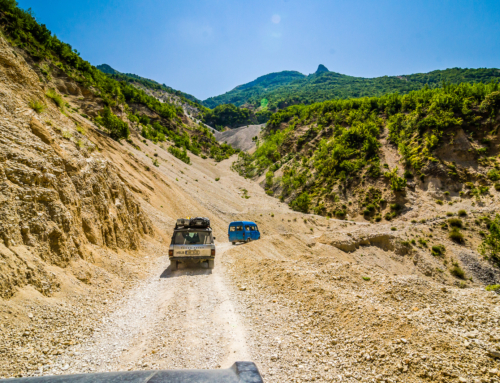Project Description
Italy is a country consisting of a peninsula delimited by the Alps and surrounded by several islands. Italy is located in south-central Europe, and it is also considered a part of western Europe. A unitary parliamentary republic with its capital in Rome, the country covers a total area of 301,340 km2 (116,350 sq mi) and shares land borderswith France, Switzerland, Austria, Slovenia, and the enclaved microstates of Vatican City and San Marino. Italy has a territorial exclave in Switzerland (Campione) and a maritime exclave in Tunisian waters (Lampedusa). With around 60 million inhabitants, Italy is the third-most populous member state of the European Union.
Italy is located in Southern Europe (it is also considered a part of western Europe) between latitudes 35° and 47° N, and longitudes 6° and 19° E. To the north, Italy borders France, Switzerland, Austria, and Slovenia and is roughly delimited by the Alpine watershed, enclosing the Po Valley and the Venetian Plain. To the south, it consists of the entirety of the Italian Peninsulaand the two Mediterranean islands of Sicily and Sardinia (the two biggest islands of the Mediterranean), in addition to many smaller islands. The sovereign states of San Marino and the Vatican City are enclaves within Italy, while Campione d’Italiais an Italian exclave in Switzerland.
Over 35% of the Italian territory is mountainous. The Apennine Mountains form the peninsula’s backbone, and the Alps form most of its northern boundary, where Italy’s highest point is located on Mont Blanc (Monte Bianco) (4,810 m or 15,780 ft). Other worldwide-known mountains in Italy include the Matterhorn (Monte Cervino), Monte Rosa, Gran Paradiso in the West Alps, and Bernina, Stelvio and Dolomites along the eastern side.
The Po, Italy’s longest river (652 kilometres or 405 miles), flows from the Alps on the western border with France and crosses the Padan plain on its way to the Adriatic Sea. The Po Valley is the largest plain in Italy, with 46,000 km2 (18,000 sq mi), and it represents over 70% of the total plain area in the country.
Many elements of the Italian territory are of volcanic origin. Most of the small islands and archipelagos in the south, like Capraia, Ponza, Ischia, Eolie, Ustica and Pantelleria are volcanic islands. There are also active volcanoes: Mount Etna in Sicily (the largest active volcano in Europe), Vulcano, Stromboli, and Vesuvius (the only active volcano on mainland Europe).
The five largest lakes are, in order of diminishing size: Garda (367.94 km2 or 142 sq mi), Maggiore (212.51 km2 or 82 sq mi, whose minor northern part is Switzerland), Como (145.9 km2 or 56 sq mi), Trasimeno (124.29 km2 or 48 sq mi) and Bolsena(113.55 km2 or 44 sq mi).
Although the country includes the Italian peninsula, adjacent islands, and most of the southern Alpine basin, some of Italy’s territory extends beyond the Alpine basin and some islands are located outside the Eurasian continental shelf. These territories are the comuni of: Livigno, Sexten, Innichen, Toblach (in part), Chiusaforte, Tarvisio, Graun im Vinschgau (in part), which are all part of the Danube’s drainage basin, while the Val di Lei constitutes part of the Rhine‘s basin and the islands of Lampedusa and Lampione are on the African continental shelf.
Four different seas surround the Italian Peninsula in the Mediterranean Sea from three sides: the Adriatic Sea in the east, the Ionian Sea in the south, and the Ligurian Seaand the Tyrrhenian Sea in the west.
Most of the rivers of Italy drain either into the Adriatic Sea, such as the Po, Piave, Adige, Brenta, Tagliamento, and Reno, or into the Tyrrhenian, like the Arno, Tiber and Volturno. The waters from some border municipalities (Livigno in Lombardy, Innichen and Sexten in Trentino-Alto Adige/Südtirol) drain into the Black Sea through the basin of the Drava, a tributary of the Danube, and the waters from the Lago di Lei in Lombardy drain into the North Sea through the basin of the Rhine.
In the north of the country are a number of subalpine moraine-dammed lakes, the largest of which is Garda (370 km2 or 143 sq mi). Other well-known subalpine lakes are Lake Maggiore (212.5 km2 or 82 sq mi), whose most northerly section is part of Switzerland, Como (146 km2 or 56 sq mi), one of the deepest lakes in Europe, Orta, Lugano, Iseo, and Idro. Other notable lakes in the Italian peninsula are Trasimeno, Bolsena, Bracciano, Vico, Varano and Lesina in Gargano and Omodeo in Sardinia.








































































